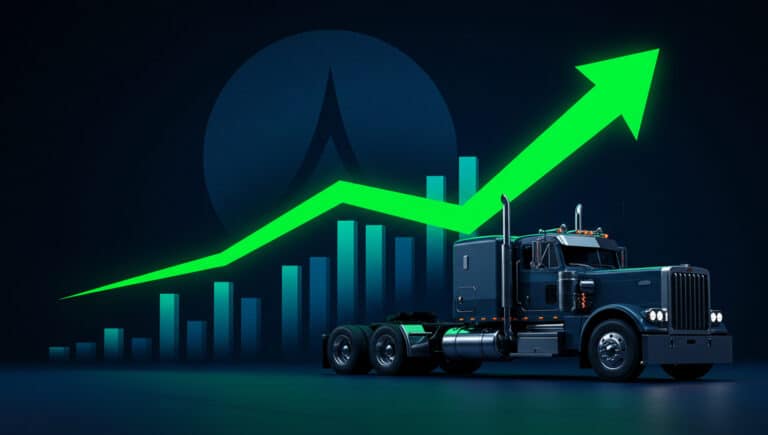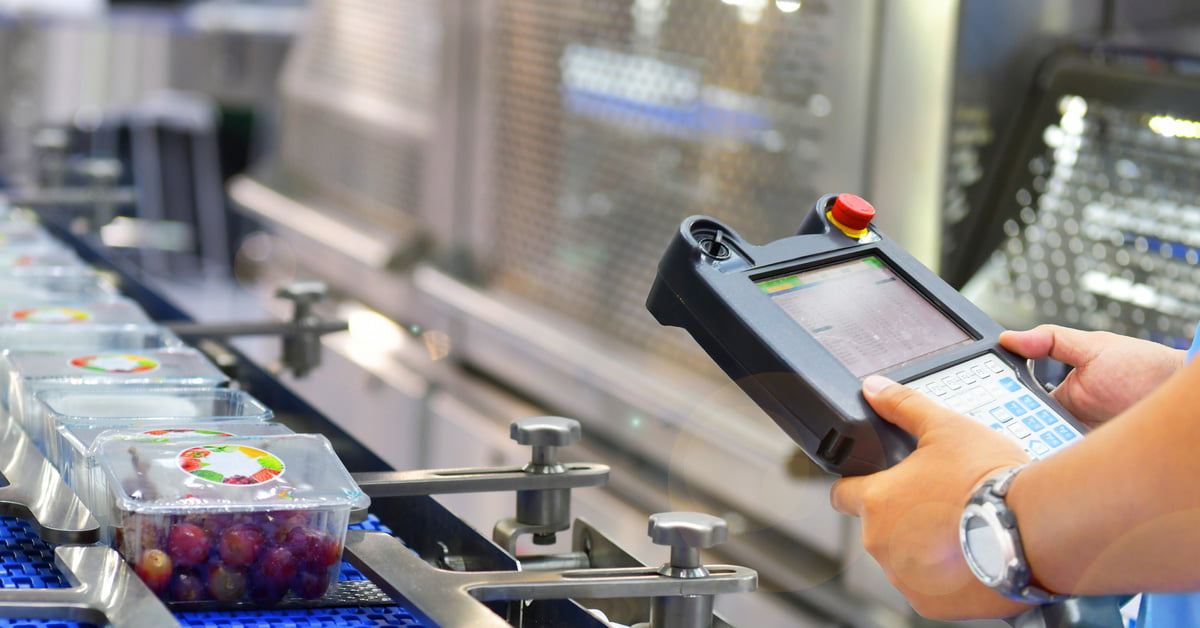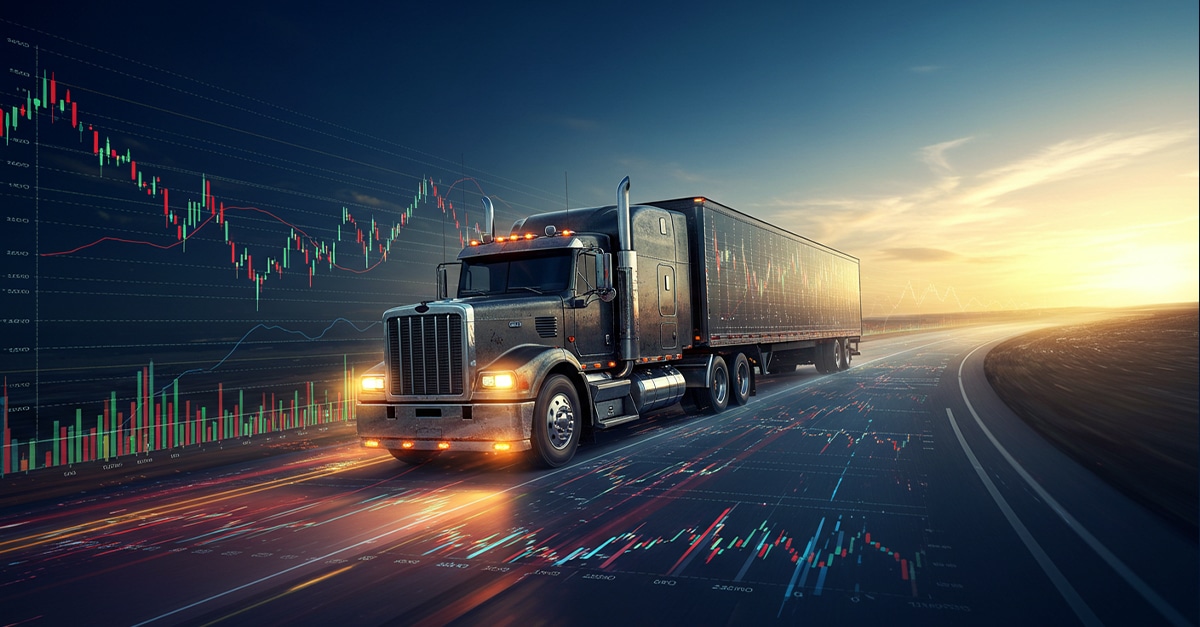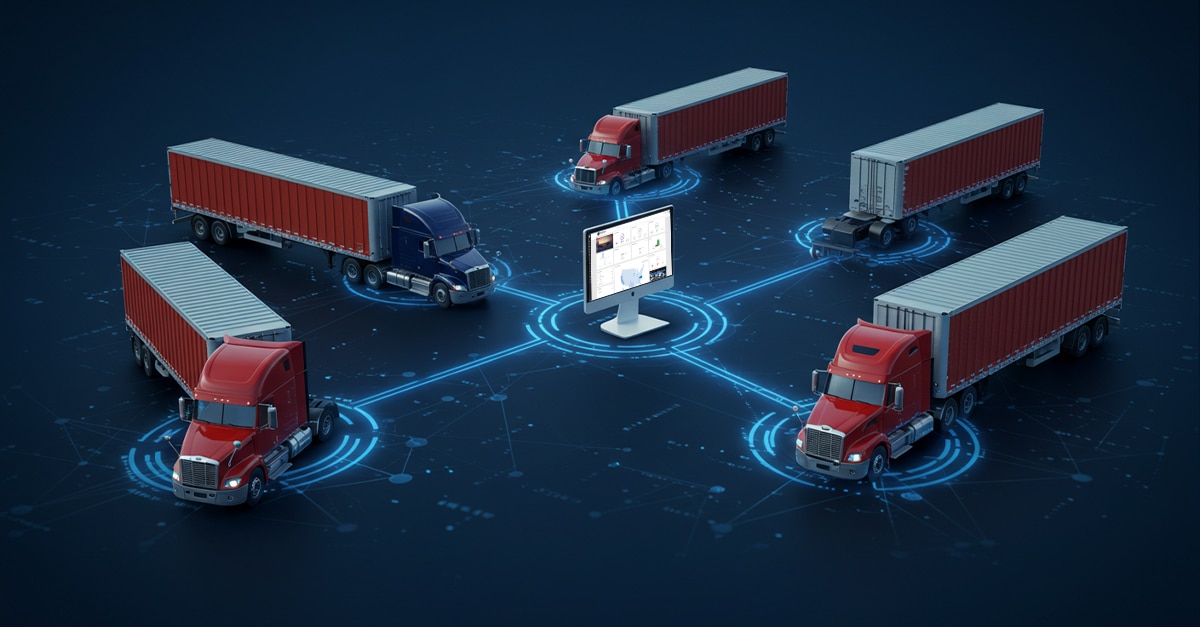In many ways, it’s easy to think of the supply chain as an assembly line. Parts and components pass from one hand to the next until they reach their intended destination. For instance, microchips and resistors make the journey from the initial manufacturer to the board-house, where they are installed into a circuit card. That card is then sent to a different manufacturer who installs it into a computer, camera, television, or any number of electronic assemblies.
When everything is running smoothly, this is a virtually seamless process. Goods and products move quickly and easily from one location to the next with nominal interruption. However, as the past few years have shown us, the supply chain is anything but smooth. Delivery times have been getting longer and longer as ships are waiting to berth and trucks are waiting for drivers. Meanwhile, retailer shelves are going empty.
In terms of electrical components, hardware, and furniture, it’s an inconvenience and little else. However, these delays can pose a serious issue for consumers and manufacturers when transporting food.
Grocery stores and retailers impacted by the late deliveries struggle to keep shelves stocked as the global supply chain becomes increasingly tangled. In addition, perishable items such as meat, dairy, and produce are increasingly at risk of spoilage and waste as the disruptions continue to mount.
In 2021, we spoke with “The Logistics of Logistics” podcast host Joe Lynch and the VP of Product Application Management at Lineage, Eric Ristow. While the world was dealing primarily with the COVID-19 pandemic at the time, the salient points made during the podcast are still quite relevant.
Visibility is a Must
Unlike other supply chains, the food supply chain is subject to increasing regulations and controls. Manufacturers and producers are closely monitored to protect consumers and ensure food safety. Between raw ingredients and finished consumable goods, a lack of visibility makes it impossible to keep track of storage conditions. The COVID-19 pandemic underscored this issue when demand spiked drastically while carrier capacity dropped precipitously.
The longer the food supply chain, the harder it is to maintain traceability. For large-scale companies importing raw ingredients globally, there are even more challenges. Every link in the supply chain adds more carriers, warehouses, and other handling steps along the journey.
As a third-party logistics provider specializing in food supply chains, the Lineage team is familiar with the challenges of maintaining visibility.
“It’s a common, paramount problem that we’re all facing. Access to real-time data to make more informed decisions in increasingly uncertain environments. And the problem is acute for us simply because we’ve grown so quickly,” says Eric.
It highlights how quickly the supply chain can become tangled, even without external pressures. Every supplier adds more moving parts to keep track of and monitor. As a result, every delivery increases opportunities for disruption. Without a comprehensive end-to-end supply chain visibility, many companies can quickly become inundated with delays, challenges, and obstacles. Additionally, a longer supply chain increases their risk for waste and loss.
Eliminating Food Waste
Waste is one of the most demanding challenges to overcome within the food supply chain, as any operational imperfections could lead to wasted products. A delayed truck, for example, could mean missing the sell-by date for perishable goods. Improper handling or temperature controls could lead to spoiled or tainted products. There are countless possibilities that could result in missed sales and lost profits.
Lost profits could be ruinous for farmers, who are already operating on tight margins. Many farms are struggling to find the labor to bring in seasonal harvests, leaving many crops to rot in the fields. Produce that does manage to be processed still needs to survive transportation to the restaurant, manufacturer, or retail outlet in a sellable condition.
According to data provided by the USDA Economic Research Service, approximately 30 to 40 percent of the US food supply is wasted yearly. An additional 40 percent of waste is attributed directly to the supply chain. This equates to roughly 80 billion pounds of food per year, totaling $161 billion in financial losses.
With the cost of food increasing and inflation growth, the total monetary loss will also increase. In order to reduce those numbers, it will be important for organizations to develop a plan.
Changing the way We Look at the Food Supply Chain
The global supply chain is a mess, and that is unlikely to change any time soon. We need to change the way we look at food distribution on a global scale. For that to work, we need a fresh perspective. This will come from new visibility technology and improving collaboration between shippers, carriers, customers, and suppliers.
At Turvo, the focus is on building a collaborative supply chain, emphasizing increased visibility, better communication, and tighter partnerships between organizations.
Turvo connects the global supply chain with cloud-based software and mobile applications. Turvo enables users to see everything from every system, person, and organization they do business within one place. The Turvo platform connects people and organizations across the supply chain, allowing shippers, logistics providers, and carriers to transform their workflows digitally. Unifying all internal and external systems provides a comprehensive platform tuned for operations and data analytics while eliminating manual, redundant tasks









